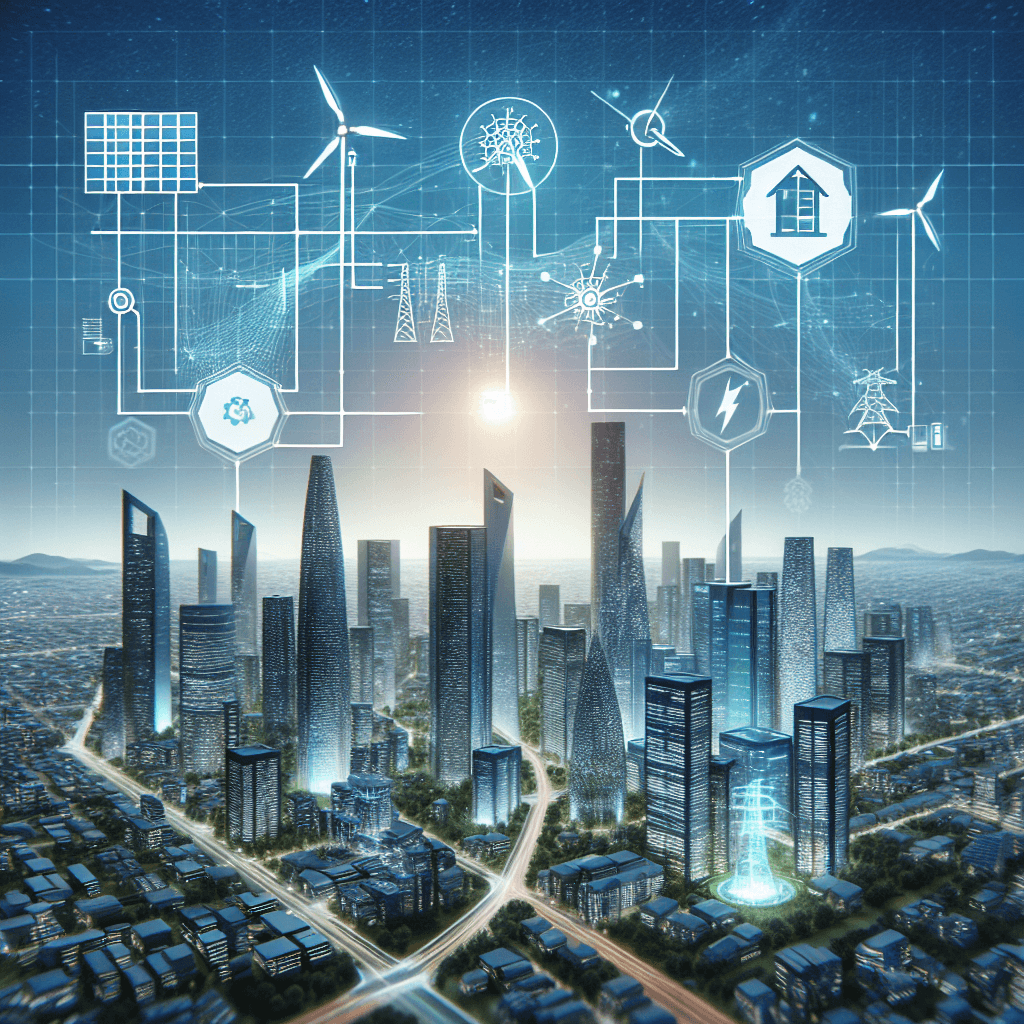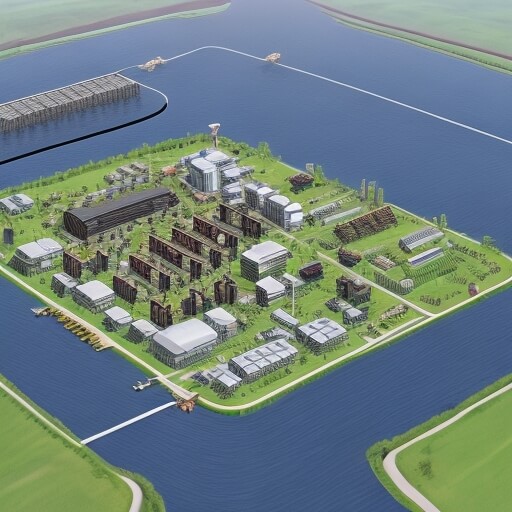
Our conventional electric grid, while having served us well for over a century, is increasingly facing challenges such as aging infrastructure, growing demand, and an urgent need to integrate renewable energy sources. Enter the game-changing duo: Smart Grids and Microgrids. These technologies promise to modernize our electrical systems and to transform how we produce, distribute, and consume energy. In a world striving for sustainability and resilience, Smart Grids and Microgrids are rapidly gaining attention as critical components for the future of energy.
We’ll begin by defining what Smart Grids and Microgrids are, including their key features and how they differ from traditional power systems. Next, we’ll delve into the benefits they provide, such as improved energy management and reduced carbon emissions, and the challenges they face, including cybersecurity and integration complexities. Following that, we’ll discuss real-world applications and case studies that showcase their potential. Finally, we’ll conclude by contemplating the future implications of widespread Smart Grid and Microgrid adoption on consumers, utilities, and the environment. Join us as we power through the intricacies of these innovative energy solutions that are lighting the way to a more sustainable future.
Revolutionizing the Energy Landscape with Smart Grids
At the heart of a smart grid lies advanced technology—sophisticated sensors, meters, digital communication lines, and analytical software working collectively to make the grid responsive and interactive. This intelligent system is capable of drawing insights from vast amounts of data to ensure that energy production meets consumption with unparalleled efficiency. It’s about moving power informatively, with two-way communication that can pinpoint and resolve outages, manage power flows, and even allow consumers to adjust their usage based on real-time price signals, leading to cost savings and energy conservation.
What makes the smart grid a revolutionary concept is not just the advanced meters that relay consumption information back to utility providers, but also the intricate network of Internet of Things (IoT) devices that equip the grid with an overarching awareness of its own state. This means the system can auto-correct, reducing strain during peak demand and integrating a plethora of renewable sources, from solar to wind, without compromising stability.
Imagine the scenario of a cloud passing over a neighborhood that’s largely solar-reliant. In a smart grid, rather than triggering a sharp drop in power, the system would instantaneously balance the deficit by drawing on alternative energy sources or stored power, maintaining seamless supply without skipping a beat.
Resilience Through Microgrids: The Localized Power Pillars
Now, let’s zoom into the micro cosmos within the vast universe of the energy grid: the microgrids. These localized energy systems are the unsung heroes quietly shaping a resilient and sustainable energy future. Microgrids are like mini versions of the central grid, with a critical difference—they can operate autonomously. This autonomy is notably valuable during natural disasters or any central grid failure, as microgrids can disconnect from the traditional network and continue to power their local area.
The independence of microgrids is their superpower, making them fortresses of resilience in adverse conditions and also trailblazers in the adoption of green energy. They’re perfect for integrating renewable resources at a community level, often encompassing a combination of solar panels, wind turbines, and energy storage systems. This harmonious blend of technologies allows them to be self-sufficient, manage resources effectively, and reduce carbon footprints at a local level.
Consider the potential of a small town equipped with a microgrid. A storm disrupts the main grid’s power supply, plunging nearby regions into darkness. However, this town switches to its microgrid, drawing on stored solar power and locally generated wind energy to keep the lights on. Beyond emergencies, this microgrid usually stabilizes the main grid’s load, smoothing out variations in supply and demand and giving the residents the power—quite literally—to manage their energy needs and costs.
The synergy of microgrids within a smart grid framework exponentially magnifies their benefits. When interconnected, these microgrids supply excess power back to the central grid, act as a buffer during peak loads, and contribute to a decentralized energy system that is robust, efficient, and democratic.
Fostering Sustainable Growth with Energy Efficiency
Sustainability is a critical aim of smart grid technology. As we push the boundaries of innovation in our quest for a greener planet, smart grids and microgrids offer a tangible and actionable blueprint for reducing our carbon footprint. High-efficiency resource allocation minimizes waste, while the integration of renewables reduces reliance on fossil fuels, cutting down greenhouse gas emissions.
Moreover, efficiency translates directly into financial savings and energy independence. Smart grids empower consumers to become active participants in energy management, a shift that not only renders the grid more democratic but also aligns economical and environmental interests. By providing real-time data and control over energy use, consumers can optimize their consumption patterns, contributing to a collective effort towards a more responsible and conscious use of resources.
The beauty of smart grids and microgrids is in their duality—they are both high-tech and highly adaptable, both sophisticated in design and simple in their goal to cater for a sustainable, reliable power supply. They champion the use of clean energy, brace our infrastructure against unforeseen disruptions, and place the power (in every sense of the word) back into the hands of local communities. As we continue to advance and refine these systems, we pave the way for an energy-rich, environmentally-friendly future, where every kilowatt is accounted for and every ray of sun or gust of wind contributes to the grid’s intelligence.
Looking ahead, the trajectory of energy infrastructure is clear: a migration toward smarter, cleaner, and more resilient networks. Smart grids and microgrids are realities being implemented across the globe, setting the stage for an electrified world that can withstand the test of time and the pressures of an ever-growing population.

